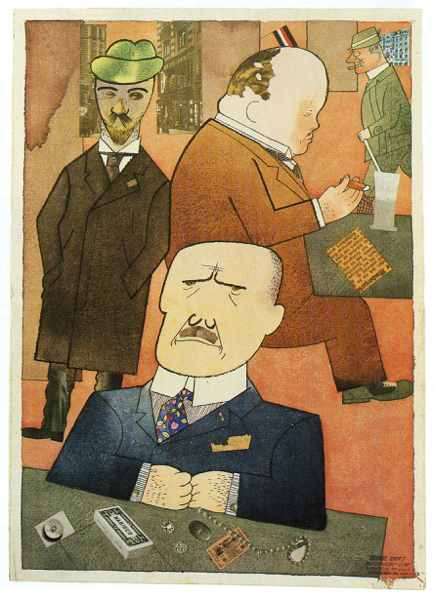
On Thursday, an administrative court in Berlin ruled that a drawing by the painter and caricaturist George Grosz may not leave Germany, Focus reports.
An unnamed Berlin gallerist had asked the court to remove the artwork, Brilliantenschieber (1920), from the list of nationally significant cultural goods in order to show the artwork at an exhibition in London. The list of cultural administration is based on a law, which protects significant items of German heritage from being exported abroad.
Despite the fact that the court upheld the classification of the Grosz drawing, it agreed to declassify six other works—including two other Grosz pictures—as well as works by Hannah Höch, Otto Mueller, and Ernst Ludwig Kirchner.
The gallerist argued that Berlin had only placed the works on the list in order to prevent them from leaving the capital. He also argued that the state protection devalued the art. In September 2013, the work’s export was initially forbidden when the Berlin senate applied for an export ban in an emergency ruling.
The court announced that Brilliantenschieber comes from a very small series of works in which Grosz utilized the mediums of collage and watercolor for the first time, therefore significantly contributing to the new design principles of the avant-garde. On the other hand, the court decided that the six other works did not significantly contribute to the overall cultural development in Germany.